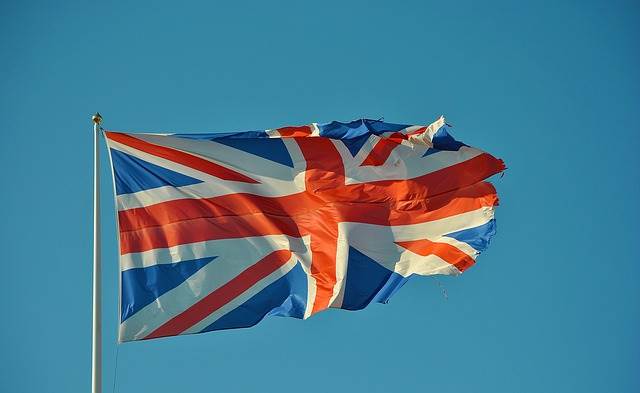 The idea that all the UK had to do was wait until the last minute, maintaining the idea it was ready to leave the EU in a chaotic “no deal” break (sans transitional period) for the EU to concede to all its demands was always fanciful. That strategy was alive and well until this time last week when PM of the UK met with his Irish counterpart and a “pathway to a deal” was spotted. This pathway, it turns out, required the UK to make concessions, not the EU.
The idea that all the UK had to do was wait until the last minute, maintaining the idea it was ready to leave the EU in a chaotic “no deal” break (sans transitional period) for the EU to concede to all its demands was always fanciful. That strategy was alive and well until this time last week when PM of the UK met with his Irish counterpart and a “pathway to a deal” was spotted. This pathway, it turns out, required the UK to make concessions, not the EU.
The plan was for there to be no customs inspections on the island of Ireland, a feat achieved by creating a border “in the Irish Sea”. Whilst Northern Ireland would de jure (in law) leave the EU customs union with the rest of the UK, it would, de facto remain in it for all intents and purposes. The UK proposed that the Stormont Assembly (currently defunct and not having met for more than 1000 days) be granted a veto over continuing the relationship after four years – this was quickly dropped.
In essence, what is being “agreed” is a Northern Ireland only backstop which Theresa May (and Boris Johnson) said no British PM could ever agree to since it threatened the integrity of the United Kingdom – this shows that the Johnson plan (above) was never more than bluster.
The European Summit starts today and it was hoped that leaders would be able to approve a deal with the UK. However, the DUP (unsurprisingly) are unhappy with the deal as it stands. The Tory ERG faction is likely to vote against the deal unless the DUP are on-board, so there is no deal for the leaders to agree to right now. In any event, the leaders would need adequate time to consider the proposals before agreeing to them. This inevitably means that the Benn Act will come into force and Johnson will be required to formally ask the EU to extend the A50 notice period until the end of January 2020.
Since much of Johnson’s posturing has been intended to lay the blame for a “no deal” outcome at the EU’s door, and on the shoulders of Labour and other opposition MPs for “blocking Brexit and thwarting the will of the people”, the whole of the blame game strategy goes up in smoke when it is seen that it is the DUP and members of his own party that have prevented a deal from being reached with the EU. Ironically, the UK rejected just this deal (a Northern Ireland only backstop) when May was PM due to objections from the DUP and ERG faction of her own party.
The blame game is a critical strategy for Johnson as he had hoped to push the opposition into calling an early election which his party could frame as the People vs Parliament. Many think his intention was to force a “no deal” Brexit by this stratagem, but events of last week suggest that even the current Conservative administration does not believe that “no deal” is better than a bad deal.
